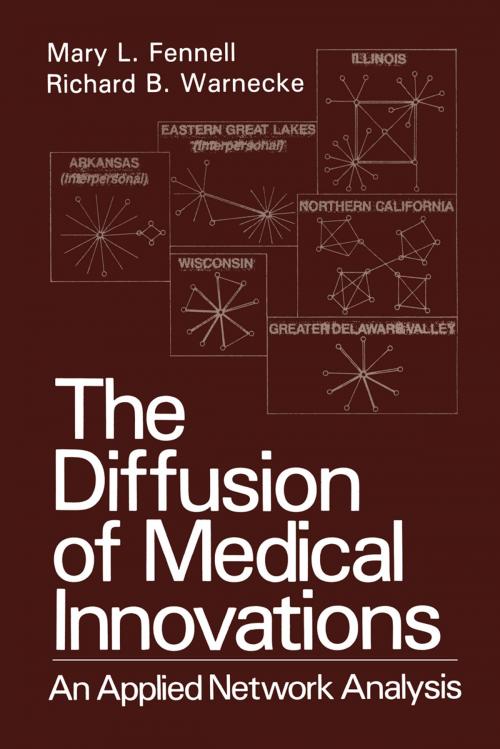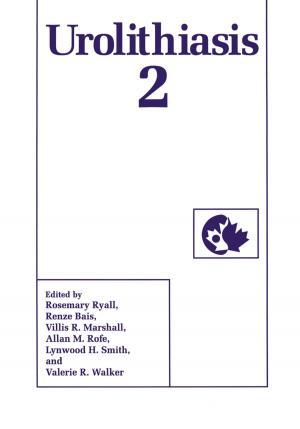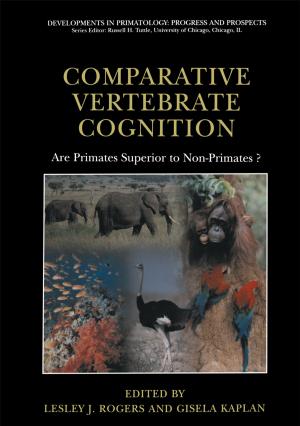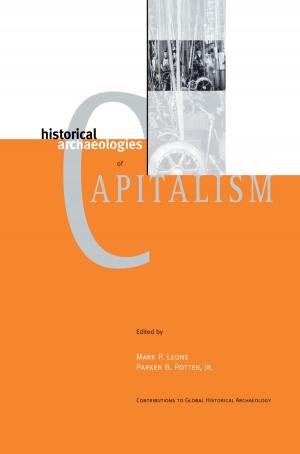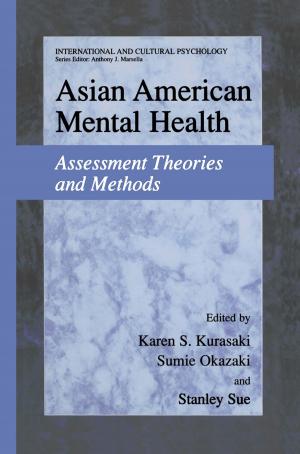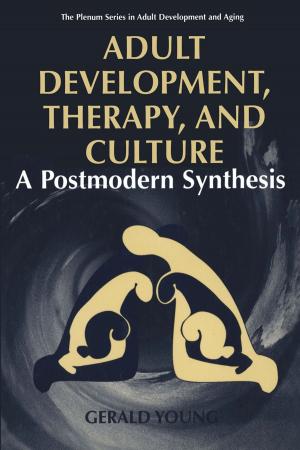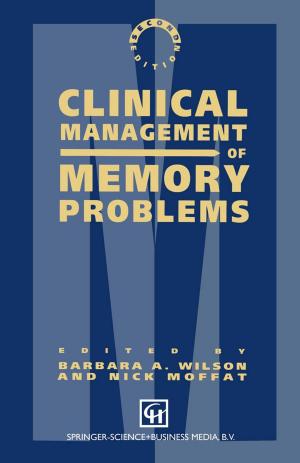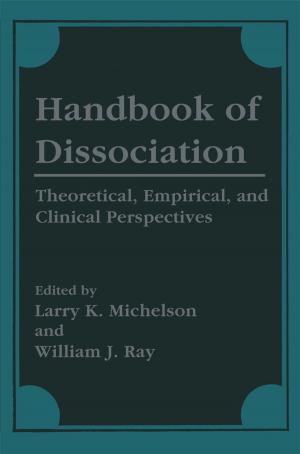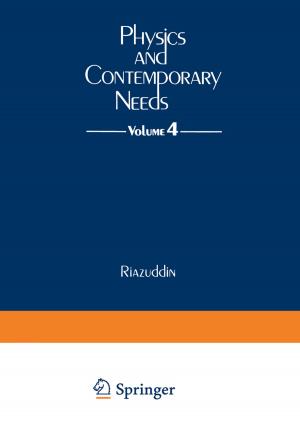The Diffusion of Medical Innovations
An Applied Network Analysis
Nonfiction, Health & Well Being, Medical, Ailments & Diseases, Infectious Diseases, Epidemiology, Reference, Public Health| Author: | Mary L. Fennell, Richard B. Warnecke | ISBN: | 9781468454369 |
| Publisher: | Springer US | Publication: | March 8, 2013 |
| Imprint: | Springer | Language: | English |
| Author: | Mary L. Fennell, Richard B. Warnecke |
| ISBN: | 9781468454369 |
| Publisher: | Springer US |
| Publication: | March 8, 2013 |
| Imprint: | Springer |
| Language: | English |
This book has several objectives. Most basically it presents an approach to assessing interorganizational innovation diffusion. To do this we have tried to link contempo rary organizational theory with more person-centered diffusion theory. We have also combined contingency theory with the resource dependence perspective to explain why organizations might choose to initially consider an innovation, re define it to suit their particular environmental context, and then implement it. Another objective has been to examine how environmental constraints can limit the ways in which diffusion channels form, and can determine when diffusion can be truly organizational and when it will depend upon individuals. In doing so, we have tried to indicate how organizational structures emerge to manage re sources in ways that are consistent with those environmental constraints. We have borrowed the notion of boundary management from resource dependence, and we have used it to examine how organizations use various boundary management strategies to preserve their autonomy in exchange relationships with other organi zations. We have done this both at the network level and at the level of individual organizations.
This book has several objectives. Most basically it presents an approach to assessing interorganizational innovation diffusion. To do this we have tried to link contempo rary organizational theory with more person-centered diffusion theory. We have also combined contingency theory with the resource dependence perspective to explain why organizations might choose to initially consider an innovation, re define it to suit their particular environmental context, and then implement it. Another objective has been to examine how environmental constraints can limit the ways in which diffusion channels form, and can determine when diffusion can be truly organizational and when it will depend upon individuals. In doing so, we have tried to indicate how organizational structures emerge to manage re sources in ways that are consistent with those environmental constraints. We have borrowed the notion of boundary management from resource dependence, and we have used it to examine how organizations use various boundary management strategies to preserve their autonomy in exchange relationships with other organi zations. We have done this both at the network level and at the level of individual organizations.
